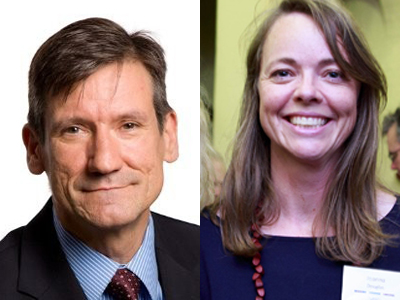Green bond market to be boosted by first managed fund
Australia’s $20 billion green bonds market is coming of age, having spawned the first managed fund dedicated to the asset sub-class. Australian Unity launched an institutional-grade unlisted unit trust last month, managed by its in-house cash and fixed interest team Altius, with three cornerstone investors to give it a start-up funds under management figure of approximately $115 million. The intention is to grow the fund to $500 million over time.
Altius, Australian Unity’s specialist fixed income manager which already has two sustainable funds – a sustainable bond fund, launched in 2014, and a sustainable enhanced cash fund, launched in 2018 – believes the fund will allow greater access to the nascent green bonds market for smaller wholesale investors, who have struggled to get set in the bonds previously. The minimum investment is $100,000. Institutional investors have tended to quickly mop up the bonds on issuance until now.
The cornerstone investors are: the Clean Energy Finance Corporation (CEFC), the Australian-Government owned entity responsible for about $10 billion in clean energy projects; wealth manager Crestone; as well as the Altius sustainable bond fund that will now hold green bond assets via the fund.
Bill Bovingdon, the CIO and co-founder of Altius, with Gavin Goodhand and Chris Dickman, in 2011, said CEFC’s broad objective was to support the development and democratisation of the green bond market. Recently, he added, the European Central Bank said it would preference green bonds in its asset program.
Marketing of the Australian Unity fund is being assisted by Principle Advisory Services. Joanna Douglas, an associate director of the firm, said she expected that big super funds would look at the green bond fund to fit in with their SRI-specific models. Green bonds appeal, in particular, to impact investors because of their “clear line of sight” to the end projects funded, which is not necessarily provided by a portfolio of regular bonds modified by negative ESG screens.
Bovingdon said that the complexities and lack of standardisation around environmental investing worked in favour of active managers such as Altius. “We can drill down into the underlying structure of an investment,” he said. “We can follow the bond and, if necessary, divest in a very public way if the organisation does not follow the [proper] process with respect to its use of proceeds commitments.”
The fund will initially have about 30 bonds in its portfolio but has a “warehouse” of assets available to it through CEFC. Bovingdon said the green bond pipeline in Australia was uncertain and lumpy. While Altius tended to be near the front of the queue, CEFC was probably ahead of it. Under the new fund arrangement, was now referring all of its inquiries to the fund.
“We want to give the green bond market a boost and encourage issuers to keep servicing the market,” he said. The fund targets a return of 30bps-50bps above the composite bond index over rolling three-year periods. Bovingdon has had a long career in fixed interest investing. He was head of fixed interest at Schroders, a managing director at Deutsche Asset Management and chief executive and head of fixed interest at Aberdeen Asset Management before forming Altius.
– G.B.










